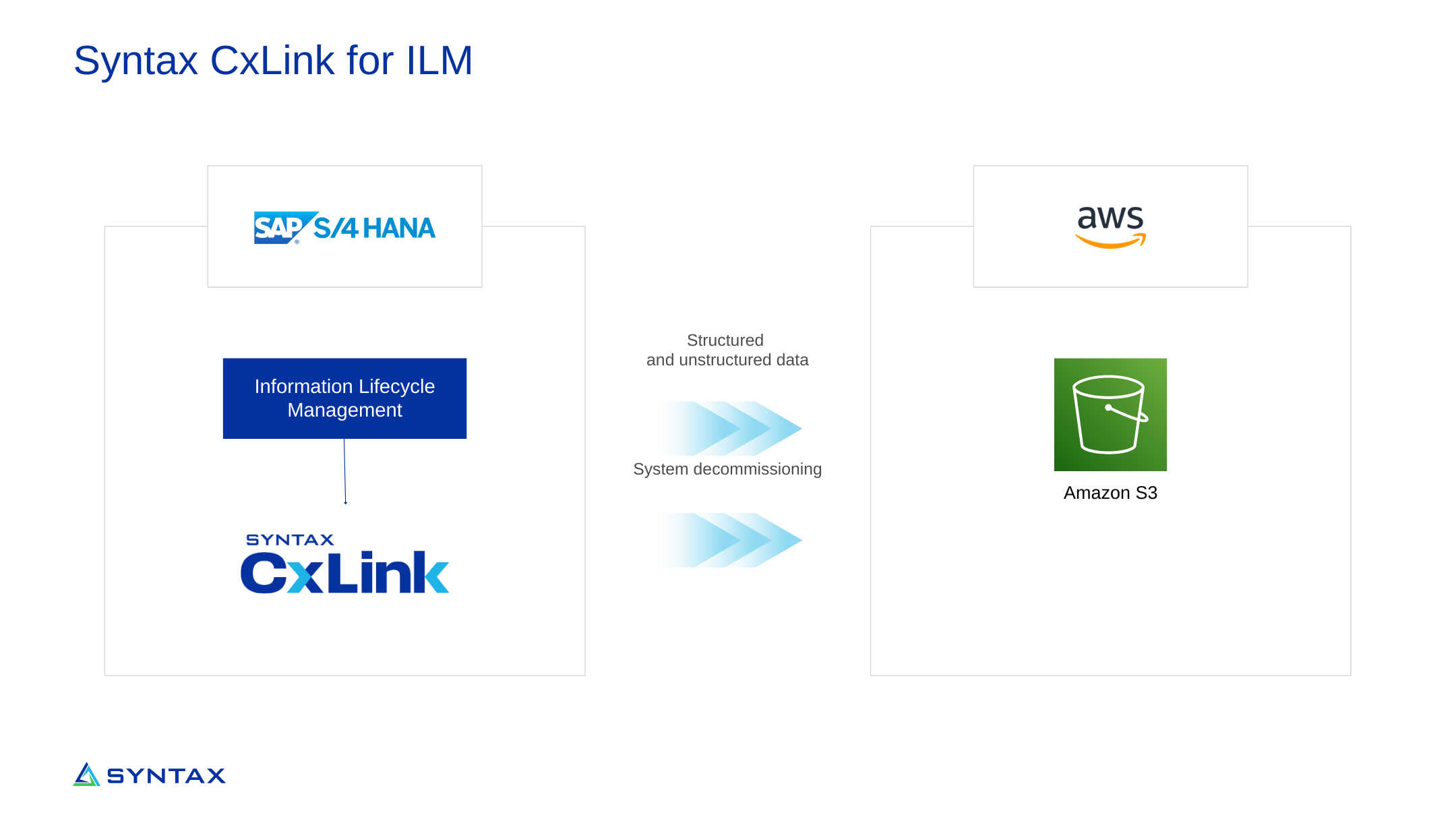Introduction
What is SAP ILM
SAP Information Lifecycle Management (ILM) is a comprehensive solution designed by SAP to help organizations manage data and documents in compliance with legal and business requirements throughout their lifecycle. Here’s an overview of SAP ILM:
Data Archiving: SAP ILM enables the efficient archiving of data that is no longer needed for daily operations but must be retained for legal or business reasons. This helps in reducing the size of the database, improving system performance, and lowering storage costs.

Retention Management: It helps organizations to define and manage retention policies. Data and documents can be retained according to specific legal and business requirements and automatically deleted once the retention period has expired.
Decommissioning: SAP ILM supports the decommissioning of legacy systems by enabling the migration of data to a central repository where it can be accessed and managed according to defined policies, thus reducing the cost and complexity of maintaining old systems.
Compliance: It ensures compliance with legal regulations such as the General Data Protection Regulation (GDPR) by providing tools to manage data retention, enforce data privacy rules, and ensure that data is deleted or archived appropriately.
System Decommissioning: It facilitates the decommissioning of legacy systems by providing the tools needed to archive data from those systems while ensuring continued access to that data for reporting and auditing purposes.
Data Anonymization: SAP ILM provides capabilities to anonymize data, which is crucial for protecting sensitive information and complying with data privacy regulations.
Key components of SAP ILM include:
- ILM Policies: Define rules for data retention and destruction.
- ILM Rules: Establish criteria for archiving and accessing data.
- ILM Store: A central repository for archived data.
- ILM Retention Warehouse: Manages and stores archived data for decommissioned systems.
By leveraging SAP ILM, organizations can ensure that their data management practices are efficient, cost-effective, and compliant with relevant regulations,reducing legal risks and improving overall data governance.
For more information see the official information at SAP Information Lifecycle Management